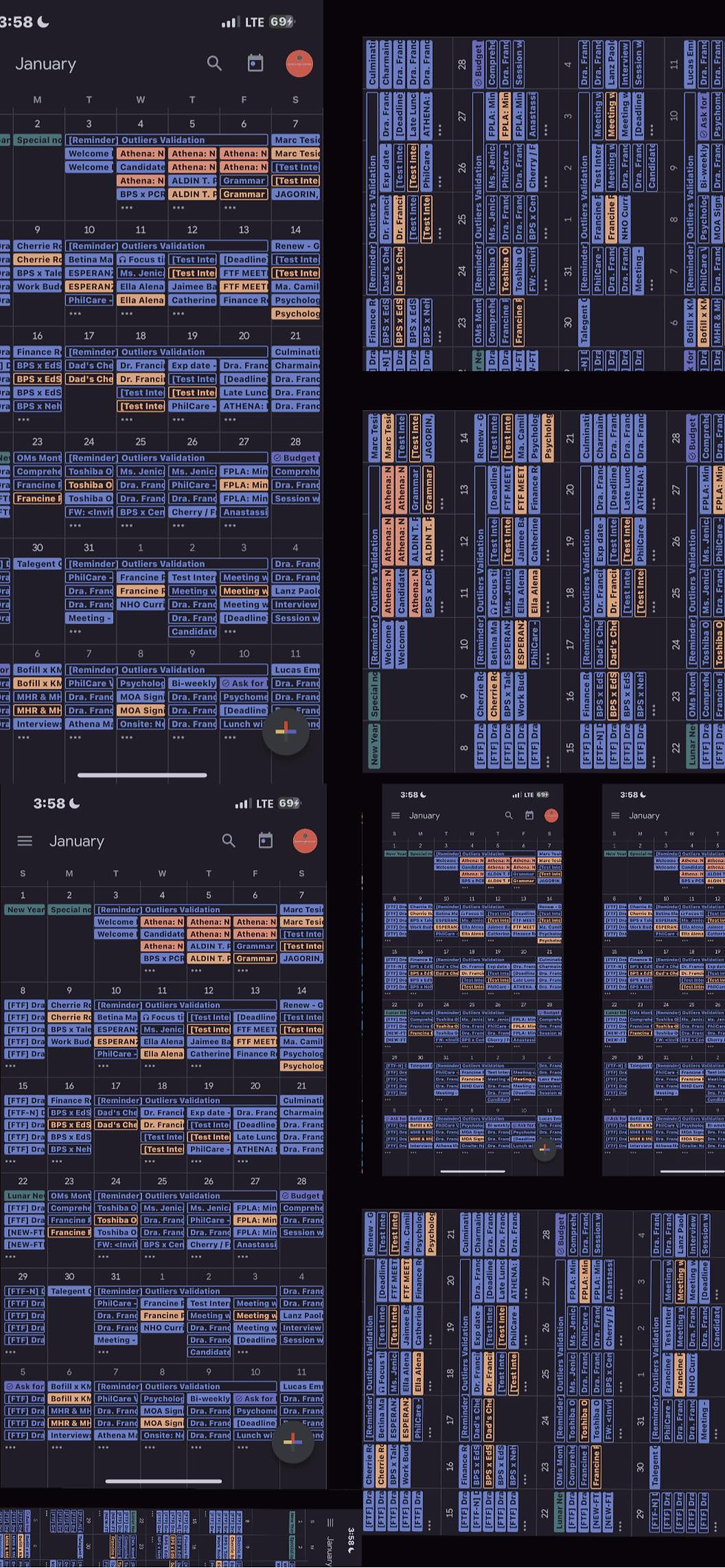"InstaGloom: Instagram’s Effects on an Individual’s Psychological Well-being."
- Aniana Fonacier
- Nov 8, 2021
- 3 min read
Updated: Nov 9, 2021
For the past couple of years, studies regarding social media mostly involved the top 1 most used social media worldwide which is Facebook which has 2.853 billion monthly active users as of July 2021. Following Facebook as the most used social platform is YouTube, followed by WhatsApp, and Instagram with 1.38 billion potential advertising reach, which is now being dubbed as “the worst social media for your mental health”. According to statistics, Instagram users who are more likely to open the application multiple times per day are users who are between the ages of 18 to 24 years old.
Instagram is an image-based social networking site and its popularity is related to taking attractive pictures, selfies, and portraits making users have a tendency to display their identities in a physical or body-centric manner. This is dangerous because previous research has shown correlations between media exposure and an increased level of body image-related concerns. Social media applications such as Instagram allow for immediate access to a large number of idealized body images wherein women appear without blemish and slim with full breasts, while men appear to have enhanced muscular builds. A major factor in the connection between social media usage and body image concerns is the comparison of appearance whereas viewers exposed to idealized body images judge themselves to be less attractive than the people they see on the social networking site.
This phenomenon can be explained by Leon Festinger’s Social Comparison theory which says that humans have a drive to measure themselves, their opinions, and their status by comparing themselves to other individuals. Media outlets share a large number of unrealistic images of idealized bodies which might trigger upward social comparison in many people thus resulting in an increase in body image dissatisfaction. This is where manipulating pictures come into play. To achieve people’s goal to present the best version of themselves, they filter their social media feeds and only post images of them where they look most attractive. Most of the time, this goal is achieved by manipulating or editing those images. The prevalence of photo editing on social media is not well- documented and information about this is not readily found in the public domain. However, in a 2014 survey by The Renfrew Center Foundation, it was revealed that more than half of the 2000 adults who participated in the survey have admitted to editing their images on social media in some way such as removing blemishes, changing skin tone, and making themselves appear thinner. According to studies, viewing these attractive images has the potential to negatively influence the body image of viewers.
In addition to these negative outcomes, according to a study from Harvard, an Instagram-like has the potential to be a positive social stimulus that triggers dopamine influx, making us crave for more. Every like turns out to be a signal of approval, while for others, it becomes an avenue that temporarily boosts feelings of negative body image. In research by Tiggeman et al. (2018), it showed that viewing a high number of likes led to lower dissatisfaction with one’s own face while another study from the University of California also found out that the number of likes of an Instagram post alters the appeal of that photo to its viewers.
When a viewer sees a highly rated image, one’s brain instinctively associates it with being better than a picture with a smaller number of likes, no matter the content. Their brain can’t help but prefer images that have more likes than images with fewer likes. This obsession of Instagram users with likes became a real problem because users started posting images that they believe would generate the most likes instead of posting personal images that actually mean something to them. To resolve this issue, Instagram showed an increased effort to prioritize mental health which is why last July 2019, Instagram started to test-run an update in Ireland, Italy, Japan, Brazil, Australia, and New Zealand which will hide the like count, helping users to prevent like comparisons and by May 2021, this option to hide the number of likes finally became available in the Philippines. In one interview, Instagram CEO Adam Mosseri explained that the decision to remove the ability to see the likes count was about the young people. He said that the idea is to try and lower the pressure on Instagram, making the platform less of a competition to make its users focus more on connecting with other people and sharing things that inspire them and that are special to them.
The bottom line, Instagram is not evil. In fact, it is a platform made to help people to connect better, create communities of causes to support, spread news and other information faster, gather inspiration from other creators, and spark creativity in viewers. However, we must be vigilant of its effects on us and our psychology and learn how to process the information that we see.




Comments